In today’s sedentary world, increasing daily step count is one of the simplest yet most effective ways to improve cardiovascular health, manage weight, and boost energy. But did you know that what you eat can directly influence your motivation, stamina, and ability to walk more? Combining strategic meal prep with a step-tracking routine creates a powerful synergy for sustainable health improvement.
This evidence-based guide offers a clear, actionable blueprint to help you increase your daily steps through smarter weekly meal planning—complete with progress checks to keep you on track.
It might seem counterintuitive—how can preparing food help you walk more? The answer lies in energy regulation, satiety, and behavioral consistency.
Studies show that individuals who meal prep are more likely to consume balanced diets rich in fiber, lean protein, and complex carbohydrates—all of which stabilize blood sugar and prevent energy crashes. Stable energy levels mean you’re more likely to feel motivated to move, especially during afternoon slumps when step counts often drop.
Additionally, meal prepping reduces decision fatigue. When healthy meals are ready to go, you spend less time planning and cooking, freeing up mental space and time for physical activity.
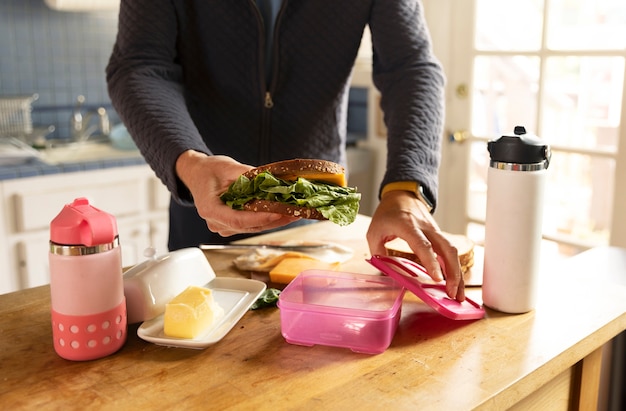
This integrated plan combines nutrition and movement for maximum impact. Follow these steps every week to build sustainable habits.
Start by tracking your current average daily steps using a smartphone or fitness tracker. Then, increase your goal by 10–15%. For example, if you average 4,000 steps, aim for 4,500 the first week. Gradual increases are more sustainable than drastic jumps.
Your meals should support activity. Focus on:
Plan 3 main meals and 1–2 snacks per day. Prep ingredients in batches: grill chicken, roast veggies, cook grains, and portion into containers.
Eating too much too close to activity can cause sluggishness. Aim to eat a balanced meal 1.5–2 hours before a planned walk. For a mid-afternoon walk, have a light snack like Greek yogurt with berries or a small handful of almonds 30 minutes prior.
Avoid heavy, high-fat meals before movement, as they slow digestion and reduce energy availability.
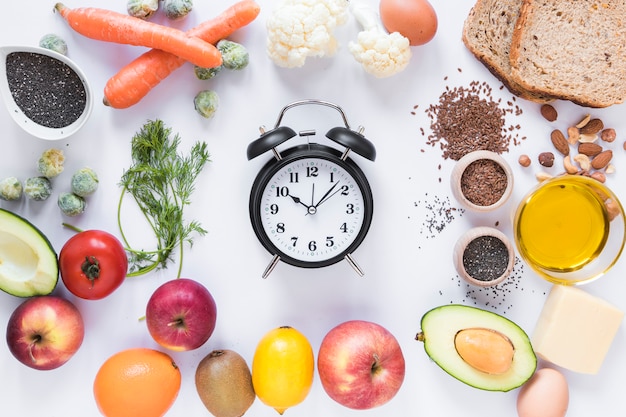
Pair new habits with existing ones. For example:
This technique, known as habit stacking, increases adherence by anchoring physical activity to routine behaviors.
Without feedback, motivation fades. Implement these checks every Sunday:
Use a simple spreadsheet or habit-tracking app to log these metrics weekly.
Breakfast: Oatmeal with chia seeds, banana, and almond butter (energy-rich, high fiber)
Snack: Apple with a tablespoon of peanut butter
Lunch: Quinoa bowl with grilled chicken, roasted vegetables, and tahini dressing
Afternoon Walk: 15 minutes post-lunch (aids digestion and blood sugar control)
Snack: Greek yogurt with a sprinkle of granola
Dinner: Baked salmon, sweet potato, and steamed broccoli
Evening: 10-minute walk after dinner to support metabolic health
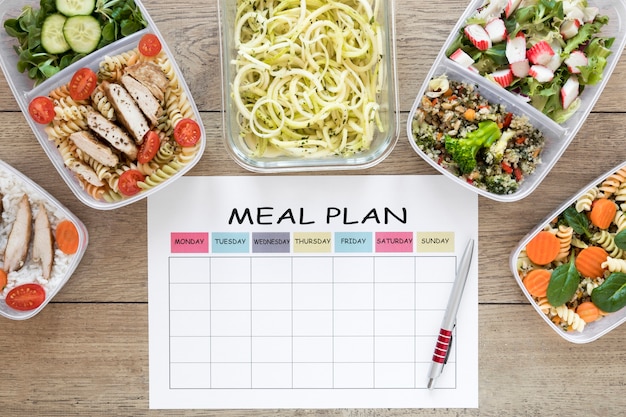
Increasing your step count doesn’t require a gym membership or drastic lifestyle changes. By aligning weekly meal prep with intentional movement, you create a self-reinforcing cycle: better nutrition fuels more activity, and more activity increases motivation to eat well.
Start small, track your progress, and celebrate weekly wins. Over time, these habits compound into lasting health improvements—one step and one meal at a time.

Wellness

Wellness

Wellness

Wellness
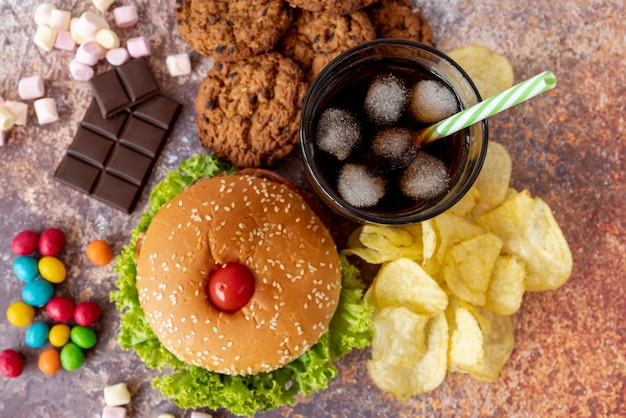
Health

Health
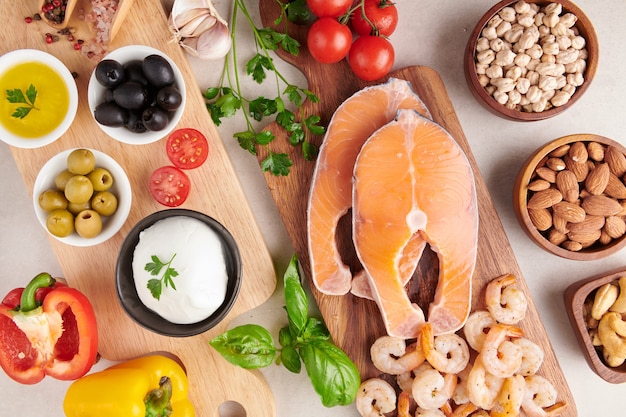
Health

Wellness
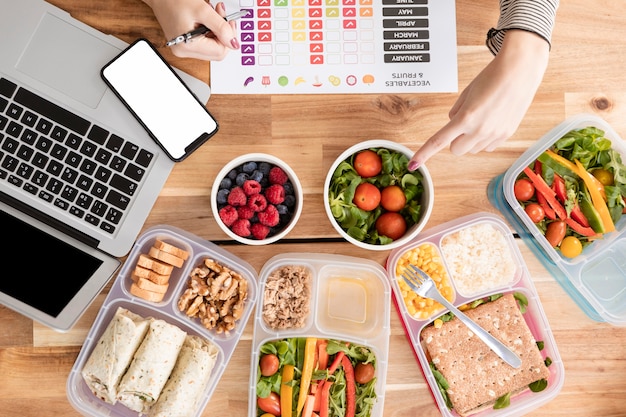
Wellness
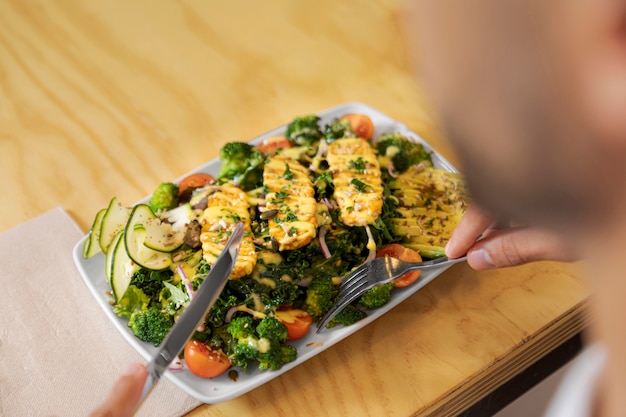
Wellness
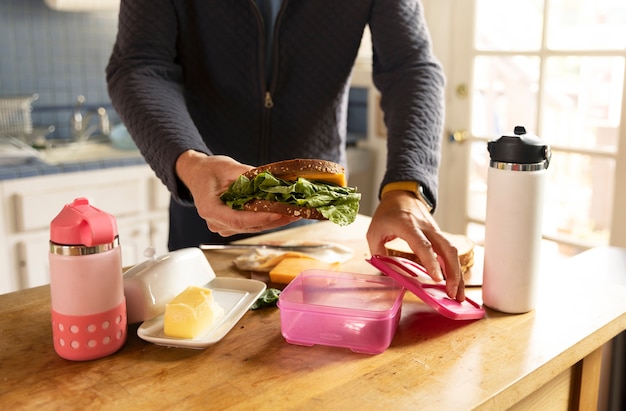
Wellness
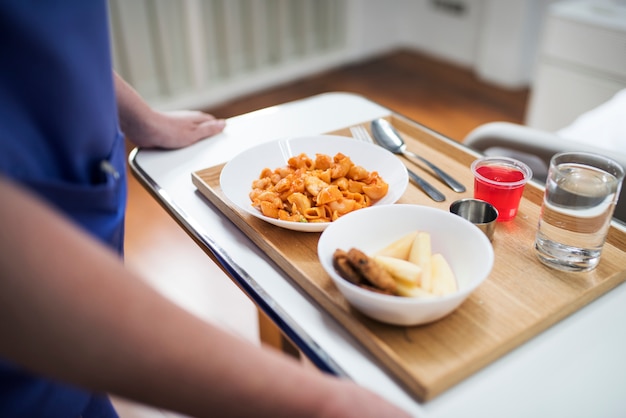
Health

Health

Fitness

Health

Health